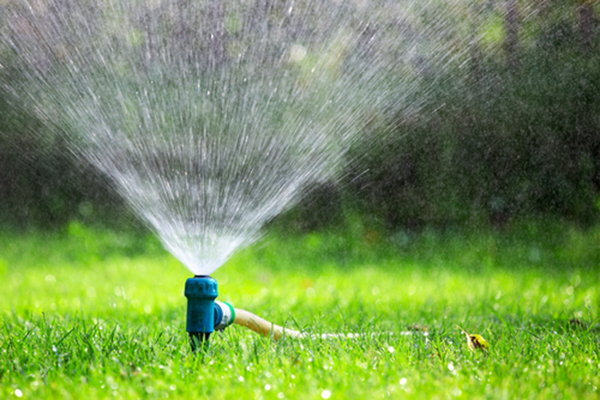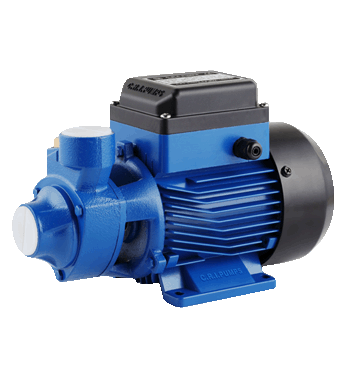Peripheral Pumps are versatile !
These little pumps are very popular because peripheral pumps serve so many purposes. Peripheral pumps are excellent choices for general purpose pumping applications where the water doesn't have any solids.
Peripheral pumps can be put in any place where there's enough space for a shoebox; they're tiny helpful guys who are really good at doing their job for as little electrical consumption possible. They're small size and adequate performance makes these pumps a first-to-mind solution when trying to do small projects like getting your house off grid or going camping. While there actually are pumps specifically designed for that, peripheral pumps can do that, and more!

Peripheral pumps are small and efficient, with many uses.
Key benefits for Peripheral pumps

These little pumps can supply a small to medium sized domestic home with running water.
We've all been without running water at least once and it can be very frustrating. Yet for many people, not having running water is a normal thing but still not ideal. Anyone can get one of these small, affordable pumps and upgrade their home with running water. The peripheral pumps come in different sizes so be sure to find out from the technicians what type of pressure you'll end up with.
Peripheral booster pumps with automatic pump controllers are suitable for distributing water with pressure in residential housing, rural housing, gardens, light industrial and small-scale agricultural applications. In addition they are cheap pumps used to boost water pressure when municipal water pressure is low.
The controller makes these affordable, small pumps appropriate solution in all cases where water flow rates are not satisfactory or running at the right pressures.

Peripheral pumps can be used for many things including irrigation
Peripheral pumps have a characteristic ability to keep their pressure high even when the flow decreases. Anybody can hook up their irrigation system to run on a peripheral pump and it will work fantastically as long as the water system is sized correctly for the pump.
Another benefit in this field is that peripheral pumps are very good at handling what tech guys call, "cavitation". This is when the pumped liquid has gas pockets which means unlike some pumps your little peripheral won't die when it gets a bit of air.
The technical characteristics of peripheral pumps
Peripheral pumps (also known as vortex, turbine or regenerative pumps) are able to produce high discharge pressures of other pumps and conform to the versatile operation of centrifugal pumps but, with a less variable flow rate. They are small after all.
The internals of the pump are what make it capable of developing high discharge heads at low flow rates. The fluid in a peripheral pump is pumped into a peripheral channel (around the edge of the casing). Essentially - the fluid from the inlet moves along the casing to the outlet with increasing pressure as it is pushed along.
The applications for peripheral pumps require careful evaluation of the maximum pressures which can be made at zero flow conditions.



0 Responses